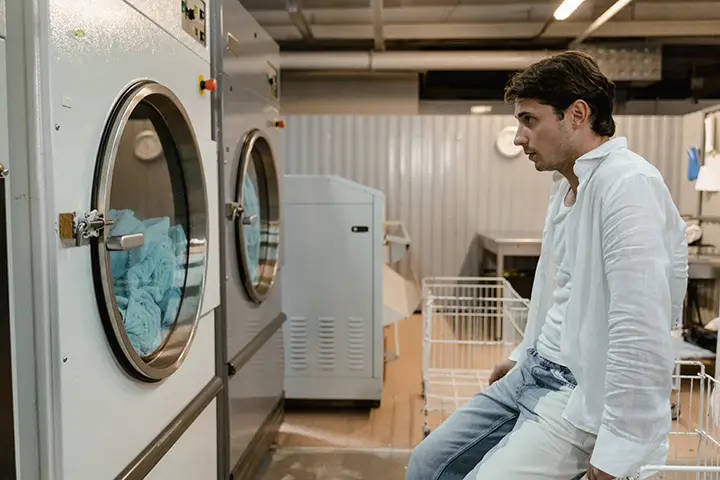Common Hair Dryer Problems and Tips for Healthy Hair Care
Vigorous styling and daily use of a hair dryer can result in common issues like split ends and an unhealthy amount of heat drying the strands of your hair. While there are many products on the market designed to promote healthy hair, it can be difficult to determine which product to use and how to use it correctly. Here’s a look at some of the most common hair dryer problems, along with tips for maintaining healthy hair.
Split ends are one of the most common issues people have with their hair. This happens when the protective layer of the hair is compromised, making it more prone to damage and breakage. To prevent split ends, it’s important to not expose your hair to too much heat, and to use a hair dryer with an adjustable temperature setting so you can reduce the amount of heat applied to your hair. Additionally, make sure you use a thermal protection spray to reduce the amount of heat damage.
Excessive heat can result in dry and brittle hair. Too much heat can strip the natural oils from your hair, leaving it dry and prone to breakage. To help protect your hair, make sure you use a hair dryer with adjustable temperature settings and use a cooler setting. You can also use a thermal protection spray before drying to add an extra layer of protection from the heat. Additionally, if possible, allow your hair to air dry naturally as often as possible.
Another issue that can arise from using a hair dryer is hair frizz. Frizz usually occurs when the cuticles of the hair are raised, which can be caused by too much heat. To help reduce frizz, use a hair dryer with an ionic setting, which can help to close the cuticles and make the hair smoother. Additionally, make sure you’re using a moisturizing shampoo and conditioner to help keep your hair hydrated, as well as using a leave-in conditioner or anti-frizz serum.
Overall, the key to avoiding the common hair dryer problems is to be mindful of the amount of heat you’re exposing your hair to, and to use the right products to help protect your hair. Don’t hesitate to consult a professional to help determine the best products and techniques for your hair. Are you looking for a professional to help with appliance repairs? Check out our Directory of Appliance Repair Technicians to quickly find a technician in your area.
Common Hair Dryer Questions
- How often should I use a hair dryer?
It is recommended to use a hair dryer only as needed, as overuse of a hair dryer can damage your hair. If possible, allow your hair to air dry or use a towel to dry your hair when possible.
- What settings should I use on my hair dryer?
It is best to set the dryer to medium heat and the lowest velocity, and then increase if needed. You should also use a nozzle to direct heat onto a specific area of hair.
- What type of hair dryer is best for my hair type?
If you have thin or fine hair, use a hair dryer with a lower wattage and reduced heat. On the other hand, thick or coarse hair should use a dryer with a higher wattage and more heat.
- What products can I use to protect my hair from a hair dryer?
A heat protectant spray, mousse, or cream can all help protect your hair from a hair dryer’s heat. Using one of these products before using a hair dryer will help reduce hair damage.
- Can using a hair dryer damage my hair?
Yes, using a hair dryer can damage your hair if it is overused. Make sure that you use minimal heat and take breaks during styling to reduce the risk of damage.
Key Takeaways
- Split ends can be prevented with a hair dryer with adjustable temperature settings and thermal protection spray
- Excessive heat can strip natural oils from the hair, reducing the temperature setting and allowing hair to air dry can help
- Frizz can occur when cuticles of the hair are raised, an ionic setting can close these and a moisturising shampoo/conditioner and leave-in conditioner/antifrizz serum can help
- Be mindful of the amount of heat applied to hair and use protective products
- Seek out a professional for advice on product use and appliance repair if required
